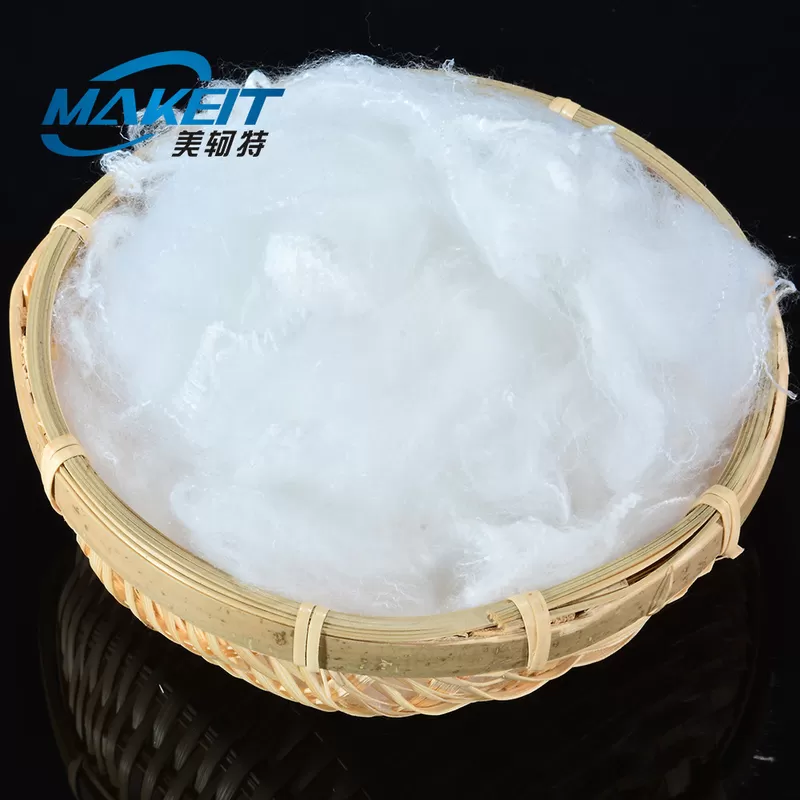Iron moulding is a critical process in the manufacturing industry, serving as the backbone for producing a wide array of iron products. The role of an iron moulder is multifaceted, combining artistry with engineering principles to create intricate designs and functional components. In this article, we will delve into the responsibilities, skills, and significance of an iron moulder, providing a comprehensive understanding of this essential profession.
Understanding the Role of an Iron Moulder
An iron moulder is primarily responsible for creating metal castings by pouring molten iron into molds. This process involves several key stages, each requiring a unique set of skills and knowledge. The iron moulder must be adept in various techniques, including pattern making, mold preparation, and casting.
- Pattern Making
The first step in the iron moulding process is pattern making. Patterns are replicas of the final product, typically made from materials such as wood, metal, or plastic. An iron moulder must possess a keen eye for detail and a strong understanding of the product's specifications. This stage is crucial, as the accuracy of the pattern directly influences the quality of the final casting.
- Mold Preparation
Once the pattern is created, the next step is mold preparation. This involves creating a mold cavity that will hold the molten iron. Moulders often work with sand, which is mixed with a binding agent to form a mold that can withstand high temperatures. The iron moulder must ensure that the mold is free from defects and properly vented to allow gases to escape during the casting process. This stage requires a deep understanding of material properties and the behavior of molten metal.
- Melting and Pouring
The melting of iron is a critical phase in the moulding process. An iron moulder must be knowledgeable about the various types of furnaces and melting techniques, as well as the appropriate temperatures required for different iron alloys. Once the iron is molten, it is poured into the prepared mold. Precision is key during this stage, as improper pouring can lead to defects such as air pockets or incomplete castings.
- Cooling and Finishing
After the molten iron has cooled and solidified, the mold is broken away to reveal the casting. The iron moulder then inspects the casting for quality and accuracy. Any necessary finishing processes, such as grinding, machining, or surface treatment, are performed to ensure that the final product meets the required specifications. This attention to detail is what distinguishes a skilled iron moulder from a novice.
Skills and Qualifications of an Iron Moulder
To excel as an iron moulder, one must possess a diverse skill set and relevant qualifications. Key skills include:
- Technical Proficiency: A strong understanding of metallurgy, casting techniques, and mold design is essential.
- Attention to Detail: Precision is critical in every stage of the moulding process, from pattern making to finishing.
- Problem-Solving Abilities: Moulders often encounter challenges that require innovative solutions to ensure quality and efficiency.
- Physical Stamina: The job can be physically demanding, requiring the ability to lift heavy materials and work in a hot environment.
While formal education is not always required, many iron moulders benefit from vocational training or apprenticeships that provide hands-on experience in the field.
The Importance of Iron Moulders in Industry
Iron moulders play a vital role in various industries, including automotive, aerospace, construction, and machinery. The castings produced by iron moulders are integral components in engines, machinery parts, and structural elements. As industries evolve and demand for high-quality castings increases, the expertise of iron moulders becomes even more critical.
Moreover, with the rise of advanced manufacturing technologies, such as 3D printing and computer-aided design (CAD), the role of the iron moulder is also adapting. Embracing these technologies allows moulders to enhance their efficiency and precision, ensuring that they remain competitive in a rapidly changing market.
Conclusion
In conclusion, the role of an iron moulder is a blend of artistry and technical expertise, requiring a deep understanding of materials, processes, and design principles. As the demand for high-quality iron castings continues to grow, the importance of skilled iron moulders cannot be overstated. By mastering the intricacies of their craft, iron moulders not only contribute to the success of their industries but also uphold the rich tradition of metalworking that has been essential to human advancement for centuries.

